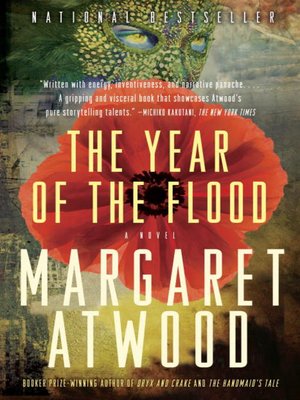

The end of the novel, where the few dispersed survivors find each other and begin to rebuild their community, strikes a hopeful note. Atwood's sardonic humour is unsparing in her treatment of the Gardeners nevertheless, their way of life is shown to rest on a sound assessment of human imperfection, and to foster compassion and appreciation for beauty. The sect itself is first driven underground by corporations, then riven by a schism, and finally wiped out almost completely by Crake's plague. They also give the reader a sense of how this belief system helps its adherents to go on with their lives even as they are increasingly affected by the mounting social and environmental disorder. These texts not only lay out the Gardener's eccentric theology. Each of the novel's fourteen chapters, with the exception of the first, is prefaced with a sermon by the group's leader, Adam One, and a religious hymn. Sexually victimized and economically exploited, both women become associated with God's Gardeners, a small millenarian sect whose teachings combine Christian natural theology ( See Philosophy: History Before 1950) with ideas from deep ecology and evolutionary biology. The novel also employs a similar narrative pattern: it opens with a description of the situation of its two protagonists, Toby and Ren, in the post-apocalyptic present their story is then unfolded in a sequence of flashbacks.

It covers roughly the same time-span, features some of the same characters (although now in minor roles), and its conclusion joins up with that of Oryx and Crake. Billed by Margaret Atwood as a "simultanial" to Oryx and Crake (2003), her thirteenth novel The Year of the Flood (2009) is set in the same near-future universe.


 0 kommentar(er)
0 kommentar(er)
